Optimal Timing for Well Water Testing
Timing for well water testing is crucial to ensure water quality and safety. Testing during specific periods can help identify seasonal variations and potential contamination sources. Regular testing, especially after significant weather events or changes in land use, provides the most accurate assessment of water safety.
Test new wells before initial use to establish a baseline for water quality and detect any immediate issues.
Conduct tests after heavy rainfall or drought periods to identify contamination risks from runoff or low water levels.
Perform yearly testing to monitor ongoing water quality and detect any changes over time.
Test water following repairs or maintenance to ensure continued safety and quality.
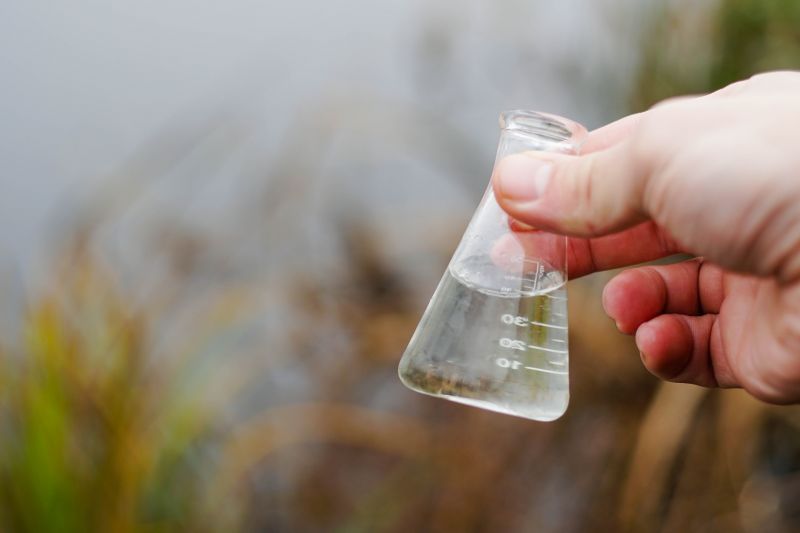
A comprehensive kit for collecting samples and testing water quality.
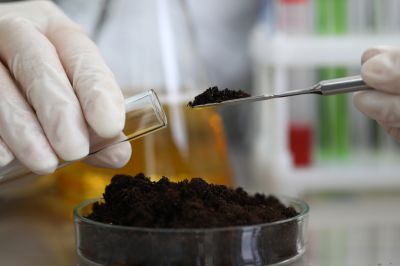
Step-by-step process for collecting water samples correctly.

Professional analysis for contaminants and water quality parameters.
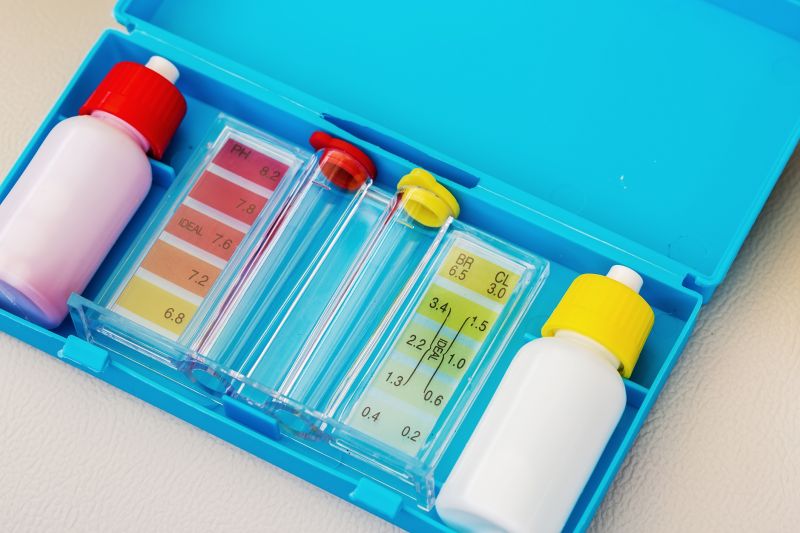
Tools used to measure pH, bacteria, and chemical levels.
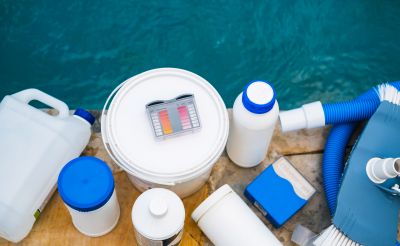
Facilities that analyze water samples for safety and compliance.
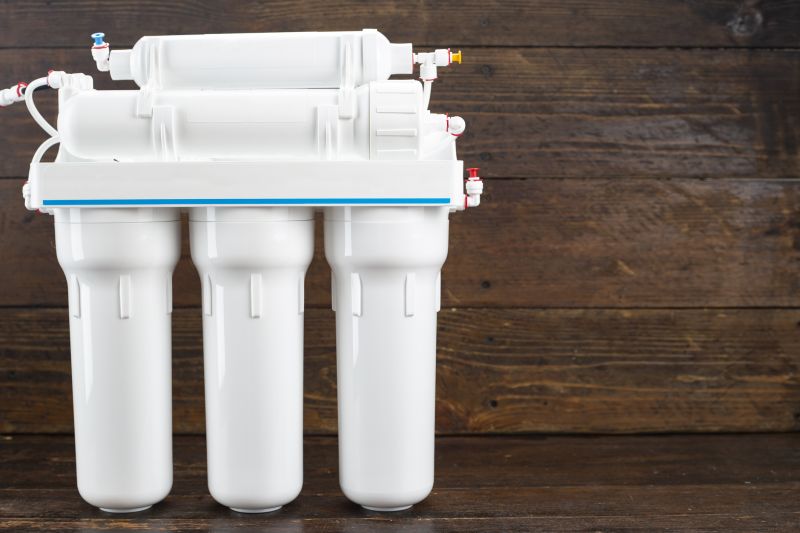
Common sources of well water contamination, such as septic systems and agriculture.
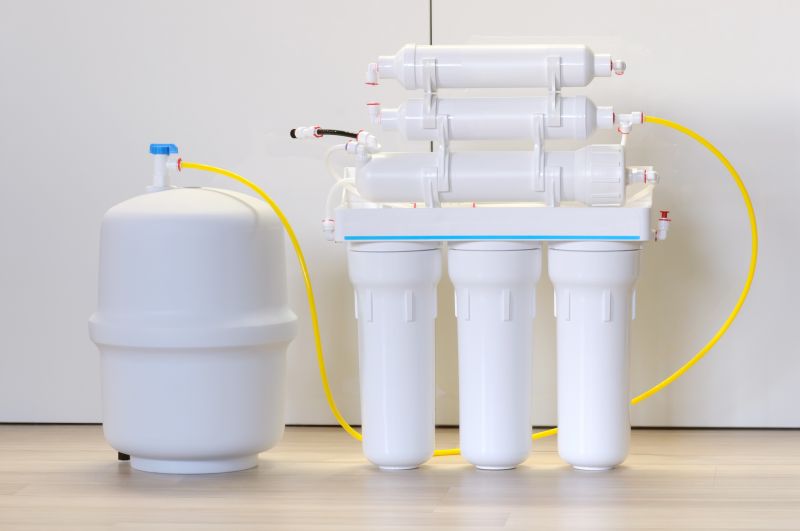
Sample report detailing test results and recommended actions.
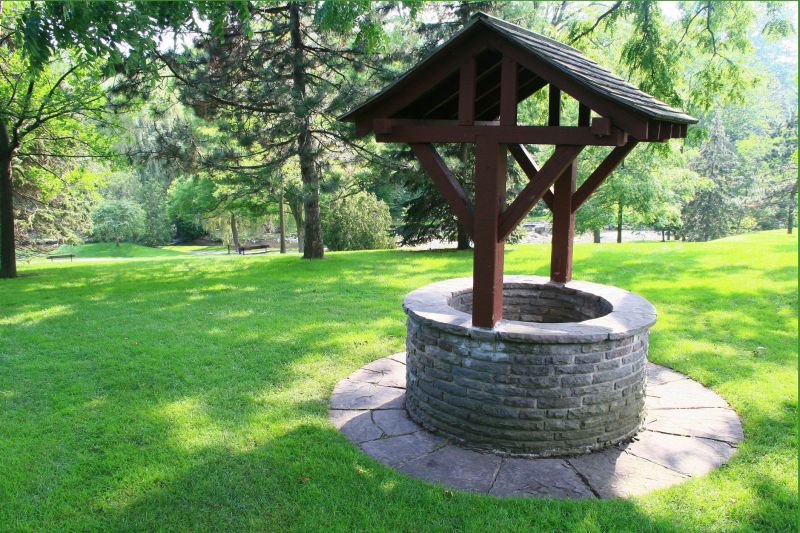
Regular upkeep to ensure water safety and well integrity.
| Timing Consideration | Benefits |
|---|---|
| Before Initial Use | Establish baseline water quality and detect immediate issues. |
| Post-Heavy Rainfall | Identify contamination risks from runoff and surface water. |
| Annually | Monitor ongoing water safety and detect changes over time. |
| After Repairs | Ensure repairs did not introduce contamination. |
| Seasonal Changes | Assess seasonal variations in water quality. |
| Post-Extreme Weather | Check for contamination after storms or droughts. |
| Before Installing Equipment | Determine baseline conditions for sensitive appliances. |
| During Land Development | Detect potential contamination sources early. |
Regular well water testing is essential for maintaining water safety and quality. Testing frequency may vary based on local conditions, land use, and previous test results. Proper timing ensures the detection of contaminants such as bacteria, nitrates, and chemicals, which can vary seasonally or due to environmental factors. Accurate testing helps in making informed decisions about water treatment and well maintenance.

Proper technique for collecting water samples for testing.
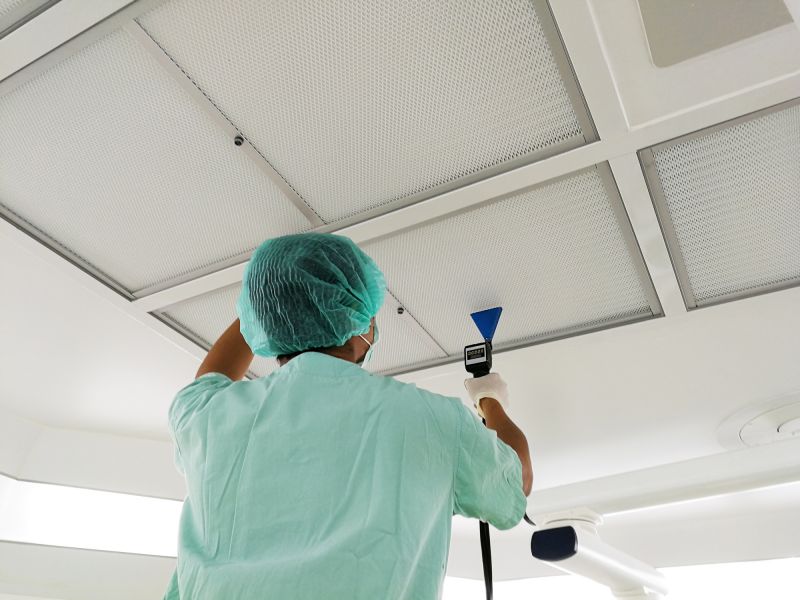
Analysis of water samples by certified labs.

Detecting bacteria, chemicals, and other pollutants.

Implementing treatment solutions based on test results.
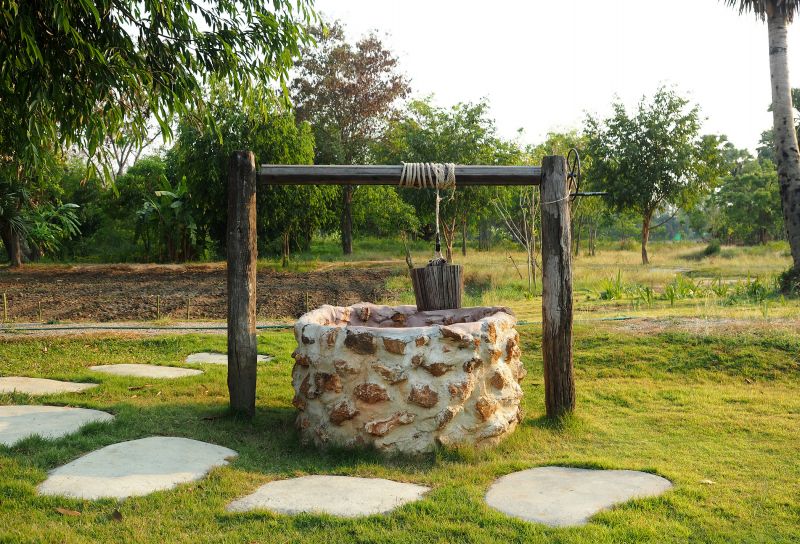
Ways to make Well Water Testings work in tight or awkward layouts.
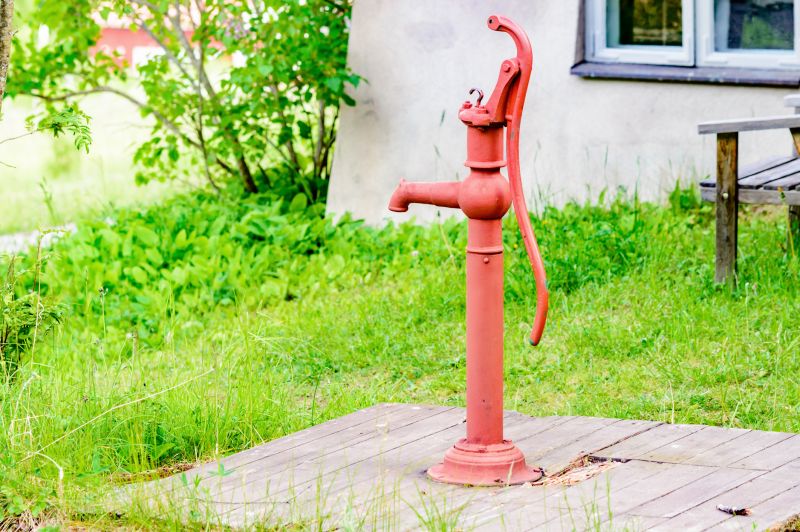
Popular materials for Well Water Testings and why they hold up over time.

Simple add-ons that improve Well Water Testings without blowing the budget.

High-end options that actually feel worth it for Well Water Testings.
Interested in scheduling well water testing? Filling out the contact form provides an opportunity to discuss testing options, timing, and any concerns about water quality. Regular testing ensures safe and clean water for household use and helps identify potential issues early.
